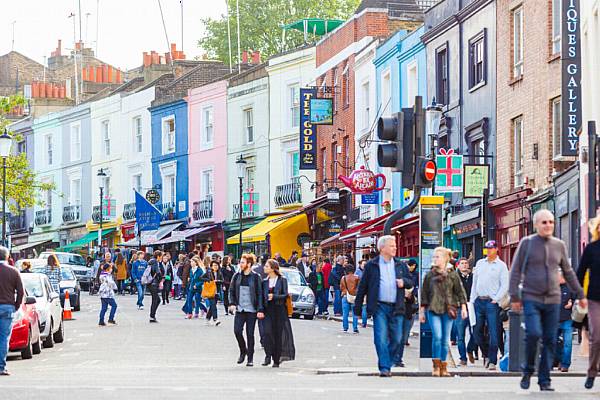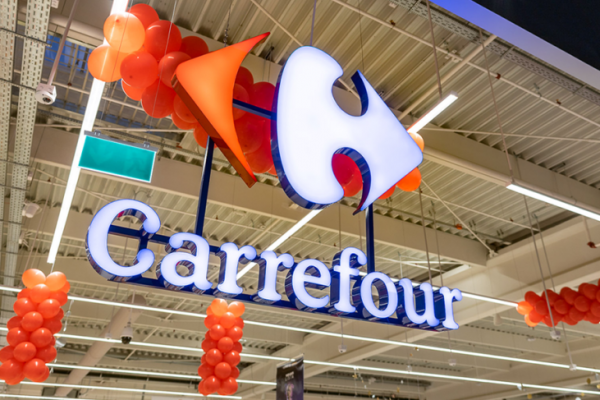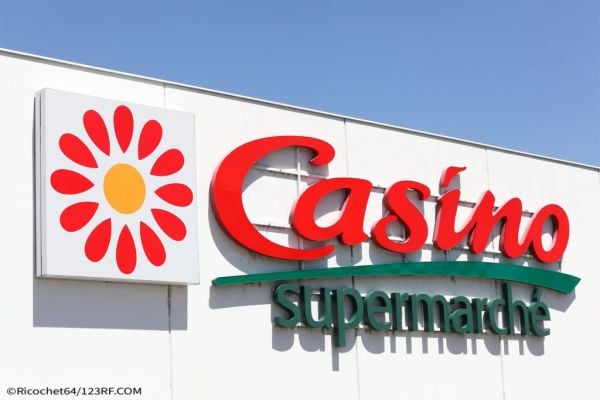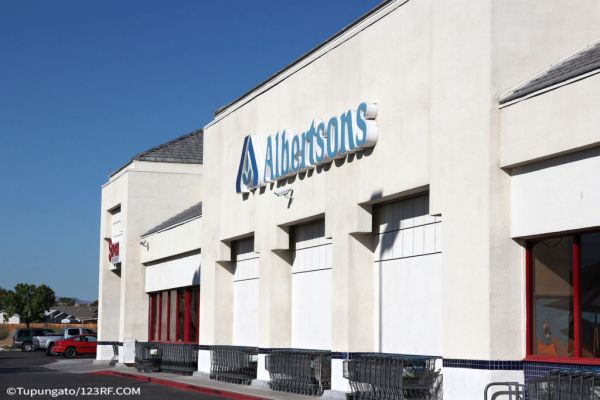There's more to successful store design than choosing the right fixtures and fittings, with the customer increasingly the arbiter governing a retailer's success. This article first appeared in ESM Issue 3 2020.
As consumer preferences change, so store design needs to evolve. The blurring of the lines between bricks-and-mortar and online retail, coupled with increased demand for more bespoke customer experiences, is impacting how stores are developed or refurbished.
Reading The Crowd
Shoppers expect stores to have a distinct personality, to offer products and services tailored to their needs or the needs of their community, and – arguably, most of all – to be a pleasure to shop.
As consumer behaviour changes, so stores not only need to reflect the needs of the shopper at that particular moment in time, but also be versatile enough to factor in future shifts in demand, and continue to ‘surprise’ the customer.
One retailer that is seeking to foster a new way of thinking about its stores is Belgium’s Delhaize, whose Fresh Atelier concept is aimed at the city-based, health-conscious customer.
As Jean-Cédric de Terwangne, banner director for Delhaize Shop & Go Belgium, tells ESM, the design brief for the Fresh Atelier concept was to “focus on on-the-go food and drinks, and to give our customers the opportunity to eat healthily, whether hot or cold, with a pickup point for food to take home.”
The target customer for Delhaize Fresh Atelier is the urban shopper looking for an “all day long” food solution, and, as such, the concept requires clarity of purpose, with efforts made to highlight the point of difference.
“The challenge is, as always, to provide a clear message to customers,” says de Terwangne. “We want to avoid being just a mini supermarket. Rather, based on the DNA of Delhaize, we want to offer the best food to go in town.”
With this in mind, the store boasts an array of fresh colours, in keeping with Delhaize’s healthy-eating approach, and, de Terwangne adds, “a tone of voice adapted to customers seeking indulgent meals all day long.”
This tone is, in turn, mirrored in the product selection in store.
“A good product also requires modern and attractive packaging,” says de Terwangne. “With customers coming so frequently to our Fresh Atelier stores – as often as two to three times a day – the design needs to inspire them.”
Dynamic Discounters
The need for change is even the case at a discount level. As Netto International CEO Michael Løve told this magazine recently, “These days, it’s not enough to offer price to customers, you also have to offer a nice shopping experience. You need to compete on location, you need to compete on convenience, you need to compete on ease of shopping. These are now the parameters by which discounters are measured.”
Netto, part of Salling Group, is in the process of upgrading more than 1,000 stores across Denmark, Poland and Germany, as part of a programme that it calls Netto 3.0 – rediscovering the qualities that made the discounter stand out in the first place, and developing the store concept around this.
“When a concept hasn’t changed materially in a long time, at some point you reach a point in that cycle where you need to upgrade,” Løve explained. “Everybody else around you is changing, and when those changes start to accumulate, your concept begins to look relatively dated, compared to the others.”
Physical And Digital
Effective store design also needs to take into account the increased blurring of the lines between physical and digital, incorporating elements from the online world in order to deliver an enhanced experience. Last year in Lausanne, Coop Switzerland unveiled a new premium store concept, Fooby, which was based on the online platform of the same name.
“With the Fooby store, we wanted to bridge the gap between the digital and analogue culinary world,” says Patrick Angéloz, head of category management at Coop Suisse Romande. “The mission was to make Fooby tangible.”
Located in the former Kursaal Theatre, the store has been styled around three guiding principles – culinary expertise, regional tastes, and sustainable development – and it boasts an array of high-end products from local suppliers.
“The Fooby concept store serves as a culinary laboratory for the further development of Fooby and the whole Coop group,” says Angéloz. “We can try new and surprising things, in direct exchange with the community. Just like the online world of Fooby, the store should appeal to everyone who enjoys food trends and great products, ideas and recipes.”
One of the biggest challenges was transitioning an online store to an offline environment – the need to make “the culinary craft, the regionality, and sustainability physically tangible,” according to Marc Riedo, interior architect with Brem+Zehnder AG, who worked on the project. This also requires ensuring that the fixtures and fittings used reflect the atmosphere that the group was seeking to create – something that was “extremely important”, Riedo adds.
“We want to create shopping experiences for our customers that fit the respective formats, be it supermarket, Karma store or Fooby,” says Angéloz. “The store design plays a major role in this.”
Changing With The Shopper
In Ireland, the SPAR brand, which is managed by BWG Group, has undertaken a methodical approach to store design, as part of an overall strategy shift at the group. The retailer has sought to reposition a number of outlets across the country, such as its SPAR Millennium Walkway store, in Dublin, with changing shopper needs a driving factor in this approach, as Declan Ralph, BWG’s retail development director, tells ESM.
“In terms of the strategy process for our new stores, we start off with a discovery phase, to have a look at the state of the market and what is happening,” says Ralph. “Then we begin the development phase, looking at the design brief and how you are able to respond to what shoppers are looking for. The third part of the process is implementation, when you roll it out, and the final part is management, when the new store is up and running.”
Ahead of implementing its new strategy, BWG worked with the research company HIM to undertake a root-and-branch review of its network, interviewing shoppers and store owners, and discovered that while many stores have a similar look and feel, there are approximately four types of shoppers who typically visit SPAR outlets, and future planning should be based around their needs.
“Based on this, we came up with four different store types – Lifestyle stores, Market stores, My Usual stores, and Everyday Needs stores – and examined the departmental participation in each,” says Ralph. “For example, a Lifestyle store is distinguished by the fact that more than half the sales come from two departments: retail foodservice and impulse.
“It’s about understanding the shopper, and making sure that we have all the right elements in the correct place for them – that there’s enough space for the various categories, the correct design in terms of flow, the correct range, the correct value offering, and so on,” he adds.
The new strategy has been developed collaboratively with both the National Council of Spar Retailers in Ireland and SPAR International, Ralph adds, and it is being rolled out at a gradual rate. To date, some 50 stores have been converted.
“It’s a question of timing,” says Ralph. “Store redesign comes around in a cycle for a lot of people. They want to reinvest in their stores every three to five years.”
As he explains, store design is “very important” to SPAR as a whole, adding that the group strives to find a balance between cutting-edge design and customer comfort, saying, “In convenience, there really is a correlation between the amount of time people spend in store and the amount of money that they spend in store. That’s clear from any research you look at.”
© 2020 European Supermarket Magazine – your source for the latest retail news. Article by Stephen Wynne-Jones. Click subscribe to sign up to ESM: The European Supermarket Magazine
















